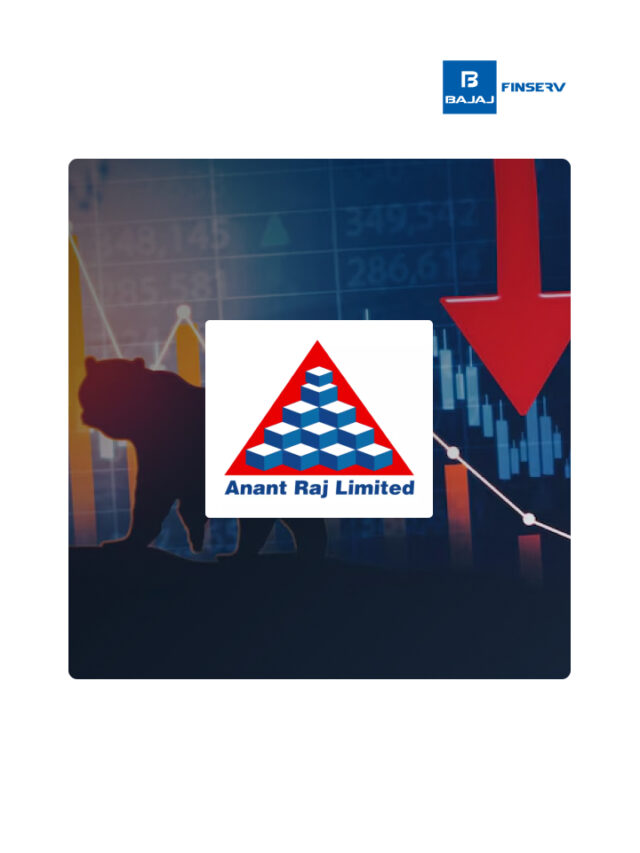What is a Moving Average?
Last Updated on September 27, 2023 by BFSLTeam BFSLTeam

Every successful investor and trader in the financial market diligently conducts thorough research and uses relevant tools before each transaction. They gain from methods like technical analysis and different markers that assist in understanding the trends and changes in the market. One important marker that many in the market like to use is the Moving Average. Whether you’re an experienced trader or just starting out in stocks and investments, understanding what a moving average is and how it helps in trading can really improve your decision-making.
Table of Content [hide]
What is a Moving Average?
Imagine sailing through the tumultuous waters of the stock market. Just as a ship’s movements can be chaotic due to waves, stock prices experience ups and downs. Here, the Moving Average (MA) acts as a stabilizing force. It is a statistical calculation used to analyze patterns and trends within financial data, such as stock prices. It smooths out the fluctuations in data, enabling you to see trends over time. Essentially, it helps you focus on the general direction of the market amidst its turbulence.
Diverse Forms of Moving Averages
Moving averages manifest in various variations, each deploying its unique calculation method and interpretation. Here, we acquaint you with the three predominant types:
Simple Moving Average (SMA):
The Simple Moving Average represents the most elementary form of this tool. It computes by averaging a designated number of data points across a specific span. For instance, with a 10-day SMA, you’d sum up the closing prices of the last 10 days and then divide by 10. This process creates a smoother curve on a stock price chart, helping in the identification of trends.
Exponential Moving Average (EMA):
The Exponential Moving Average gives more weightage to recent prices, making it even more responsive to recent market fluctuations. It employs a more intricate formula that emphasises the importance of the most recent data points.
Simple Moving Average vs Exponential Moving Average
The choice between SMA and EMA depends on your preference for recent data. SMA provides a balanced view of historical data, while EMA responds faster to sudden changes. This is akin to selecting between a steady ship and a nimble vessel when navigating changing conditions.
Importance of the Moving Average Method
So, why use moving averages in trading? Because they provide clarity amidst the chaos. When you look at a stock price chart, it can resemble a wild roller coaster ride. Distinguishing between temporary fluctuations and lasting trends can be challenging. This is where moving averages step in – they smooth out the noise, helping you focus on the underlying direction.
How to Use Moving Averages to Buy Stocks
Now that you have a basic understanding of it, let’s delve into how to trade using moving averages :
- Identify Trends: The primary purposes is to identify trends. When the stock price is consistently above its moving average, it indicates an upward trend, suggesting that it might be a good time to consider buying.
- Crossovers: An additional beneficial method entails the observation of the intersection between two distinct moving averages. When a moving average with a shorter time span surpasses a longer time span, this action could indicate a possible upward trend. Conversely, when the shorter-term moving average crosses beneath the longer-term moving average, it could suggest a forthcoming downtrend.
- Support and Resistance: Moving averages also possess the ability to function as ever-changing points of support and resistance. As a stock price nears a moving average from beneath and rebounds, it potentially signifies a level of support. Conversely, if a stock price encounters difficulty in surpassing a moving average from a higher position, it could be encountering resistance.
- Confirmation: While moving averages are powerful tools, they work best when combined with other indicators or methods. Using them in combination with other techniques can help confirm potential trends and reduce false signals.
Advantages
Moving averages bring a host of benefits to your trading arsenal:
- Simplicity: The calculations are straightforward, making moving averages accessible to traders at all levels of experience.
- Trend Identification: They excel at helping you identify trends, which is fundamental to successful trading.
- Visualization: The smooth line created by moving averages simplifies the process of spotting trends and reversals.
Limitations
However, like any tool, it also has its limitations:
- Lagging Indicator: Moving averages are based on historical data, which means they might not respond quickly to sudden market shifts.
- False Signals: In volatile markets or during consolidation phases, moving averages can generate false signals.
- Over-Reliance: Relying solely on moving averages without considering other factors can lead to misguided decisions.
Conclusion
In the complex world of trading, the moving average emerges as a guiding light. It brings stability to the volatility of stock price movements, allowing you to focus on overarching trends. By understanding the different types of moving averages – from the simplicity of SMA to the responsiveness of EMA – you equip yourself with a tool that can aid in identifying trends, making timely decisions, and confirming potential opportunities.










